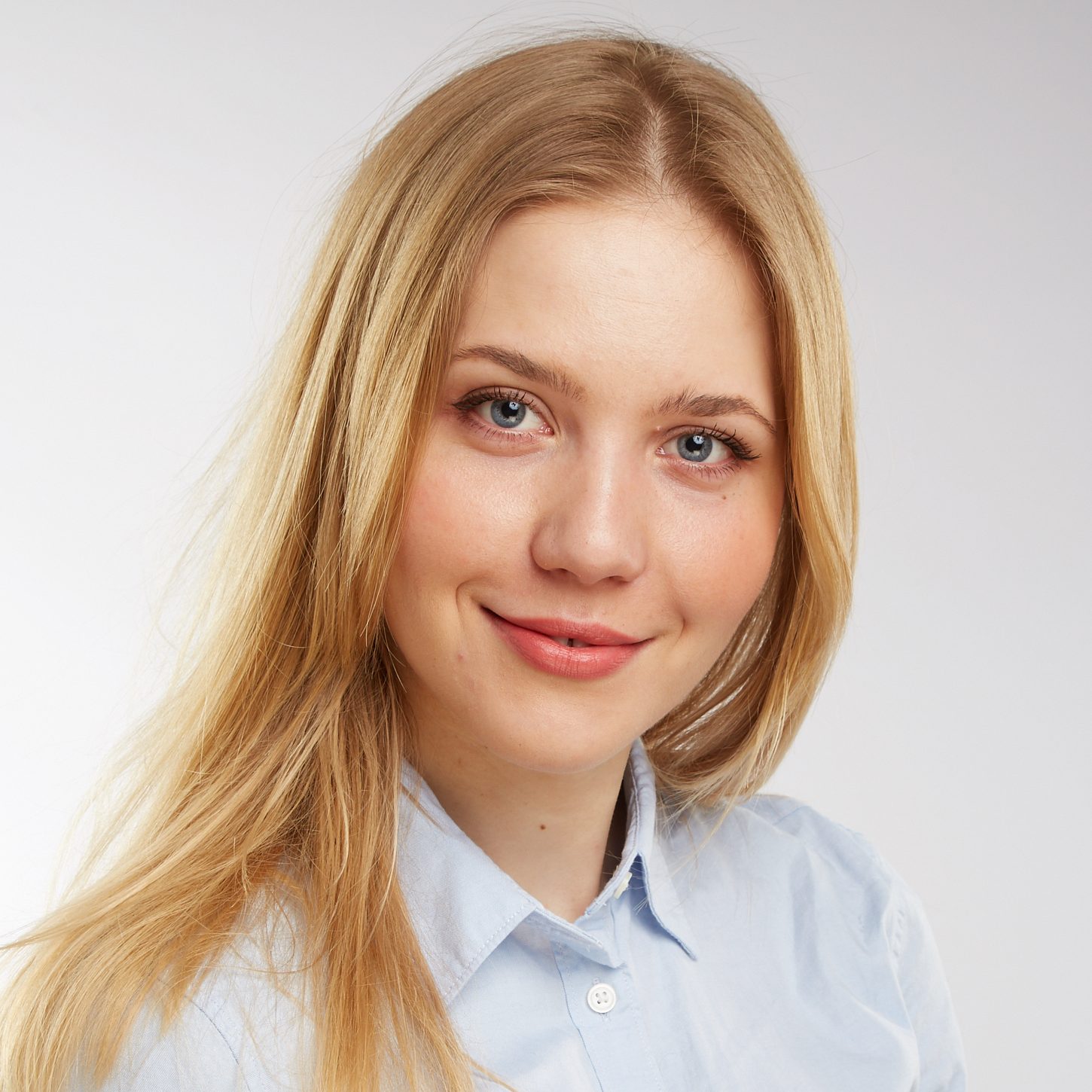From observing teamwork and people, I can tell that trust seems to be the core foundation you can build your team and relationships on. Actually, I think no trust — no relationships, no relationships — no team.
Let’s consider two models of team structure: controlling model and trust-based
Controlling model
How good are you in controlling other people?
Have you noticed you should constantly be checking peoples’ status and requiring updates on everything, pulling them away from other people? It requires micromanagement — controlling every single little thing.
Usually in that model your team will be less proactive, never willing give you an update as they are waiting for you to ping them. No need to be active, because you do all the shitty work.
Let’s assume all your team (including you as a leader) is Universe X and an isolated system. In physics, the law of conservation of energy states that the total energy of an isolated system remains constant, it is said to be conserved over time. This law means that energy can neither be created nor destroyed; rather, it can only be transformed from one form to another.

The first law of thermodynamics, also known as Law of Conservation of Energy, states that energy can neither be created nor destroyed; energy can only be transferred or changed from one form to another. For example, turning on a light would seem to produce energy; however, it is electrical energy that is converted.
So, assume you as a leader are using a lot of your energy on controlling your team and all your leader energy transforms to control force, tension, constant checking, directions, treating staff as subordinates, instructions and other very direct force.
The controlling approach is fine for improving operational efficiency in a well-defined environment. Another key thing — it’s a short-term model. You can win now. Can you win in one month? How about a one-year strategy? However, in today’s fast-moving and always changing work environment, we need more creativity and innovations.
Trust-based model
When we trust we become open, more sincere, and involved. Trust gives us safety which is one of the basic needs of every human being.

From Maslow’s hierarchy of needs, you can see that relationships and friendship are above safety and security. And safety and security are hardly achievable without trust. A trust-based team model is a longer-term model for your team to be coherent, achieve more, and be happy and satisfied. That is also a great fit if your organization requires creative ideas and continuous changes, improvements, innovations.
I can identify some critical points to build a trust-based team model:
- People feel connected to the leader. Feeling belong and connected just simply makes people happy. Check out this part of the video of Daniel Siegel Ph.D. he is talking about Namibian tribes he visited, he was wondering why even though they’ve got drought, famine, disease, they are so happy! He asked the translator to ask the villager why they are so happy and he got an answer: “His people are happy because they belong. They belong to each other, and they belong to the earth.”
- They also feel they are human, not superhuman, it’s ok to tell good and bad openly, without a fear to be judged or rejected.
- People feel they are paid attention to. The skill of empathy for a leader is super critical.
- Reciprocity. A relationship that is one-sided will not last long. A healthy relationship is about a balance between giving and taking. The same is also true for relationships within a team.
- Coherence and common values. When you are in one ship you better go in the same direction to achieve your destination. Sharing team values, clear communication and visibility can sufficiently help your team to be on the same wave, be coherent with each other.


